Recent in-house tests suggest that excessive cold light radiation used in teeth-whitening devices may exacerbate enamel demineralization by creating microthermal effects that weaken surface mineral content. To help B2B partners understand these findings, we’ll break down our lab methodology, key results, and actionable design improvements across six crucial areas.
First, we replicated typical at-home whitening protocols under controlled conditions:
This rigorous setup isolates the specific impact of cold light versus chemical bleaching alone.
Next, our results revealed a clear trend:
These data confirm that cold light radiation amplifies enamel demineralization beyond bleaching gel effects. Company web: https://www.powsmart.com/product/electric-toothbrush/
We believe the underlying drivers are:
Understanding these mechanisms guides targeted device and formula optimizations.
To reduce accelerated wear, B2B manufacturers should consider:
These refinements limit cumulative heat and ROS exposure.
In parallel with hardware changes, gel formulations can be enhanced:
A co-engineered approach ensures both whitening efficacy and enamel safety.
Finally, equipping your channel with knowledge and controls is critical:
Providing transparent data and practical guidelines builds confidence in both your products and your brand.
Conclusion
Our lab results demonstrate that unchecked cold light radiation can accelerate enamel demineralization, compounding risks inherent in chemical bleaching. By adopting lower-intensity, pulsed-light designs, co-engineering protective gel formulas, and arming your B2B partners with clear training and quality checks, you can deliver whitening solutions that are both powerful and safe. Contact us to integrate these best practices into your next-generation cold-light whitening systems!
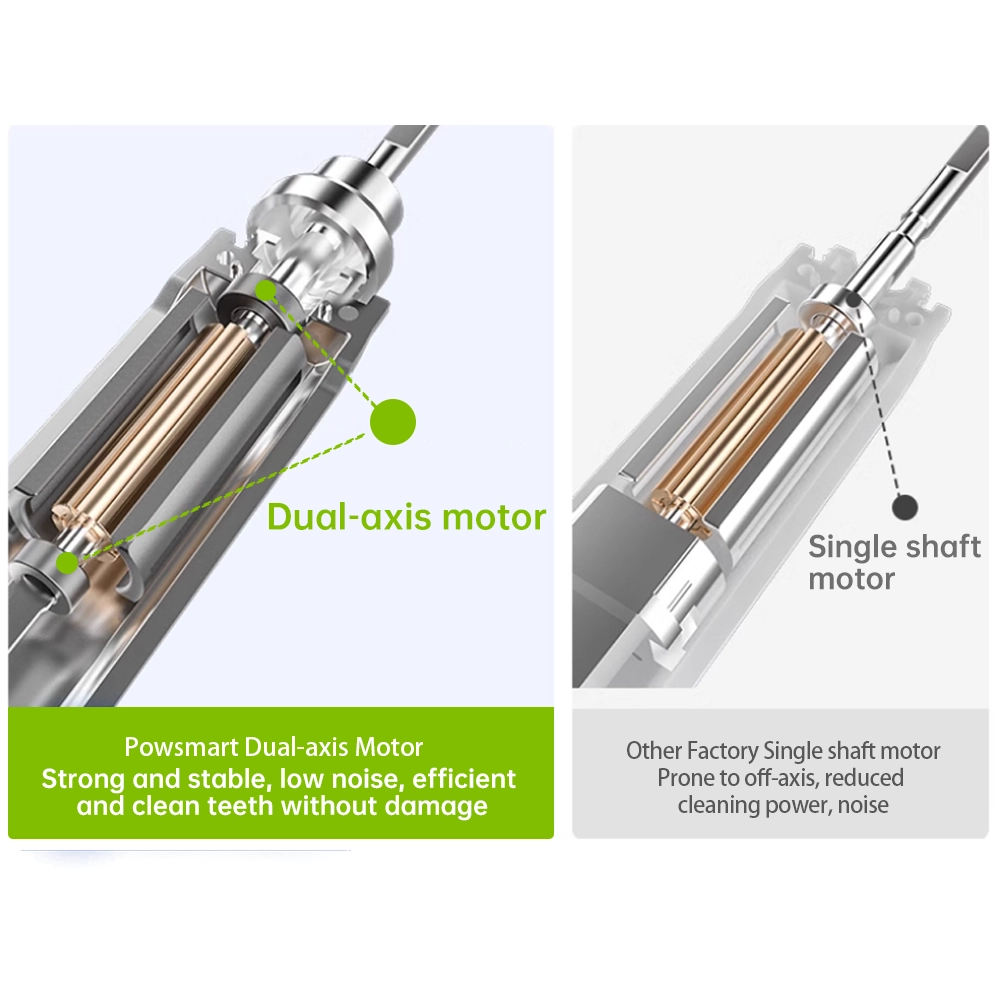
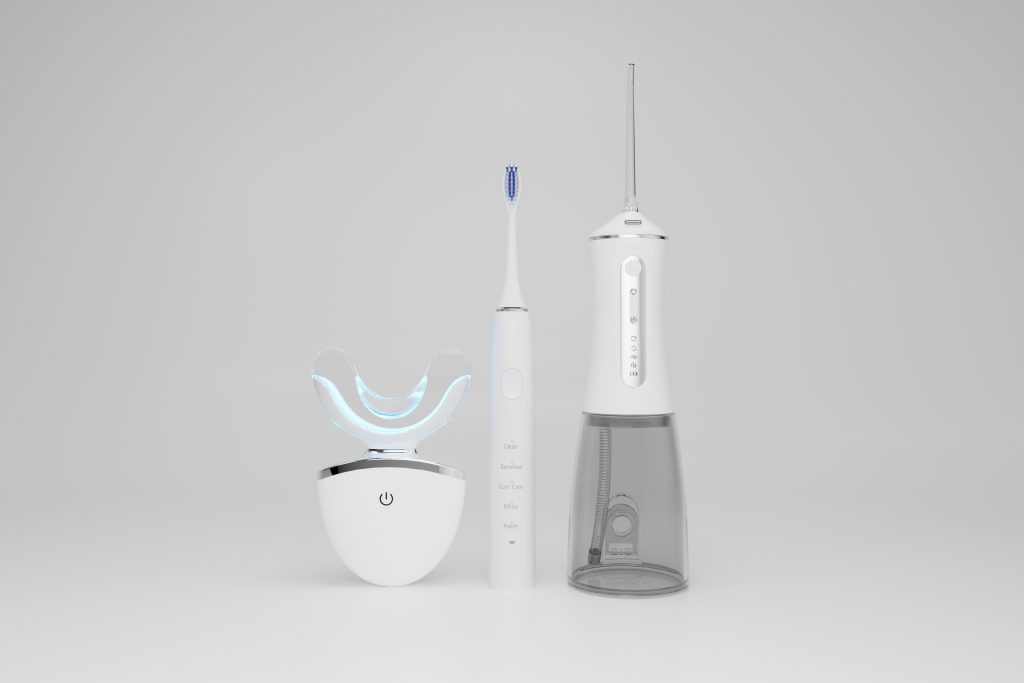
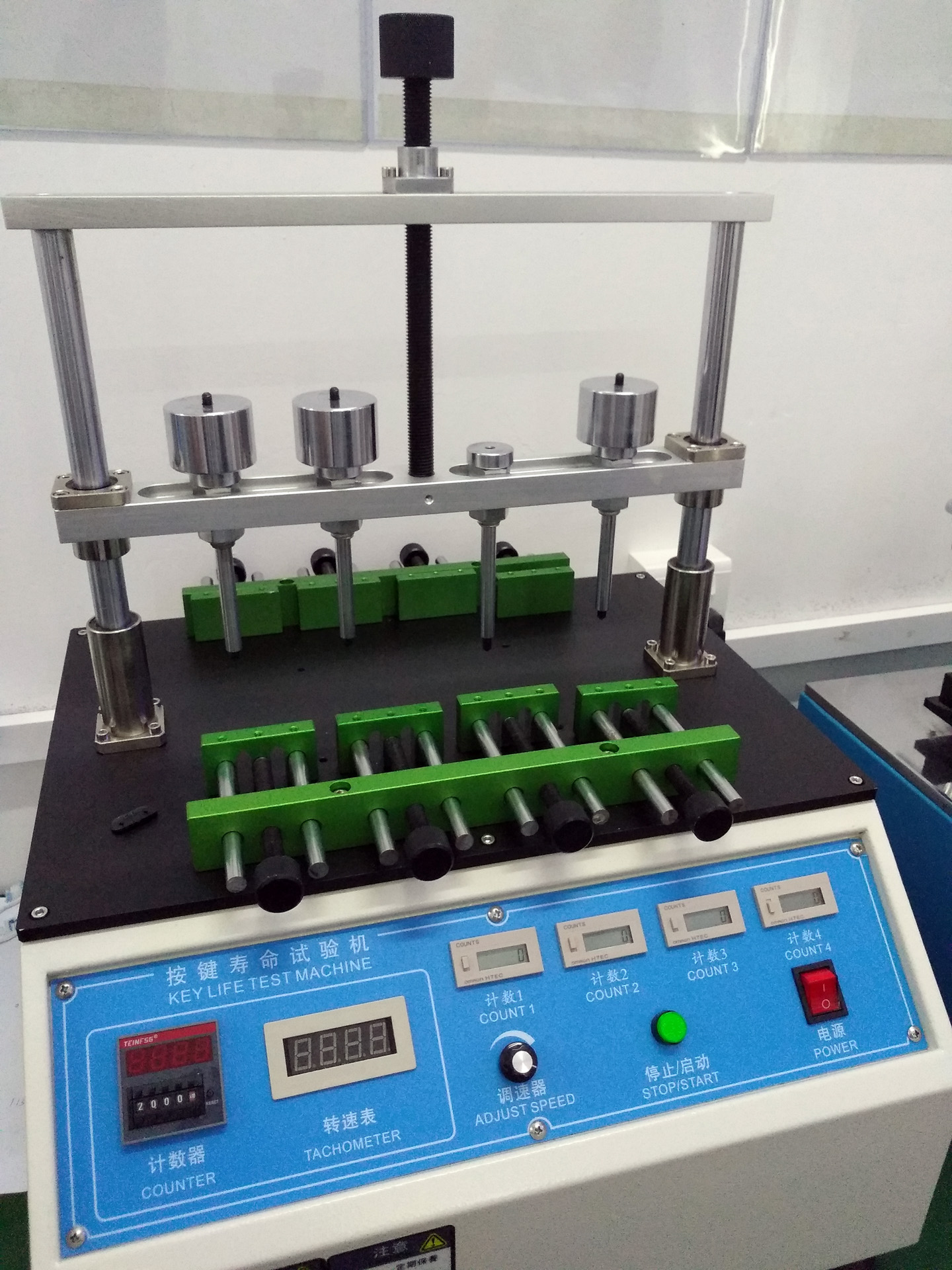
Application of Water Transfer Printing and Thermal Transfer Printing on Electric Toothbrush Shell: 3D Texture and Wear Resistance Test
Light Decay Causing Gingival Discoloration?
.jpg)
Why Should a Portable Travel Toothbrush Supplier Partner with a Toothbrush Subscription Box Partner?
Travel Size Electric Toothbrush Wholesale
Does Warranty Cover Motor Overheating in Electric Toothbrushes?
Split Bristles Linked to Enamel Cracks? 90% of Users Ignore This Danger!
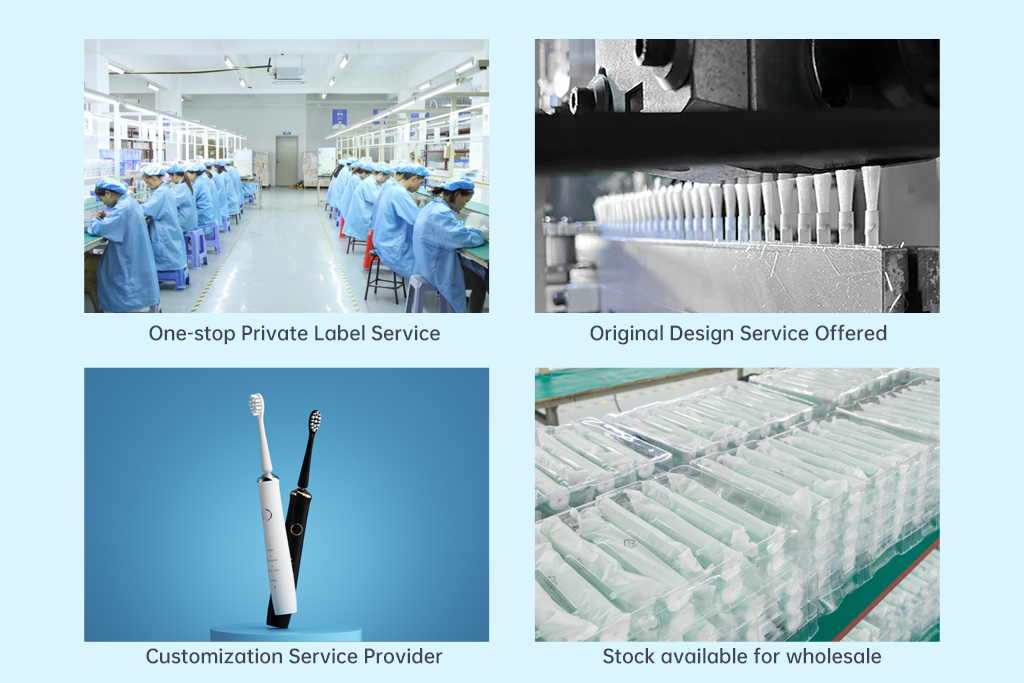
Electric Toothbrush Screen Printing vs Pad Printing: The Best Choice for Complex Patterns and Gradient Colors

Ultrasonic electric toothbrush
.jpg)
How can USB-C fast charging keep your electric toothbrush ready at all times Long Battery Life?
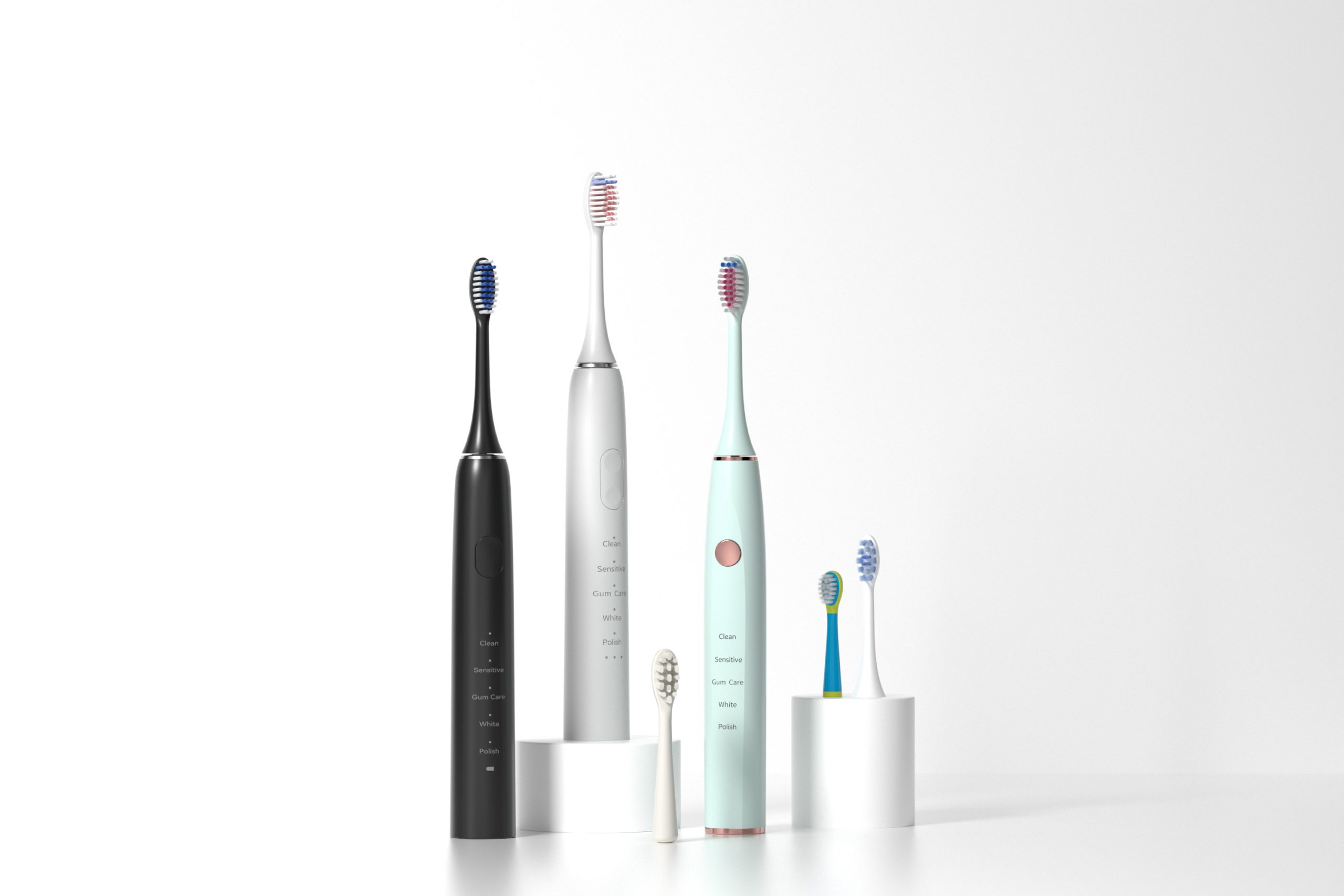
Oral care beauty trend :How Oral Care Became Beauty’s Sexiest New Category
.jpg)
How Does In-House Water Flosser Nozzle Production Benefit You?
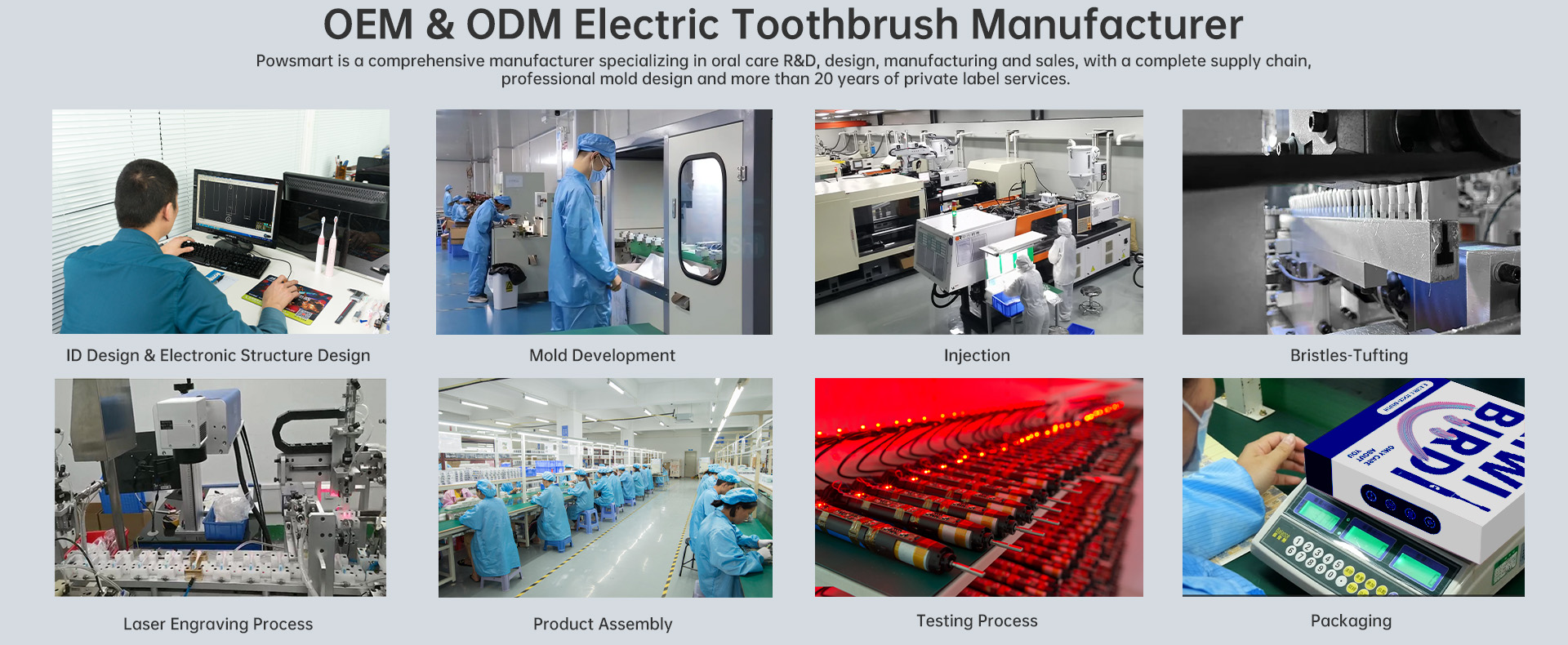
Professional electric toothbrush factory
OEM Smart Toothbrush Manufacturer | Custom B2B Solutions for Global Brands
-3-scaled-1.jpg)
Teeth Whitening Tech: Is LED Scientifically Superior to UV for OEM Applications?
Sonic Toothbrush Factory for Brands

Can a Wireless Charging Toothbrush OEM Produce FDA Approved Electric Toothbrush Models Efficiently?

Private Label Whitening Gel

electric toothbrush heads Charcoal Infuse-Round

Customization Teeth Whitening Gel

electric toothbrush heads Ultra Soft

Electric toothbrush heads Charcoal Infused-Diamond

electric toothbrush heads Deep Clean
.jpg)
Florida Electric Toothbrush – Powsmart PTR-C8

electric toothbrush heads Regular Clean
whstapp
whstapp
National Toll-Free Service Hotline
+86 755 86238638